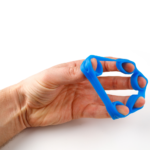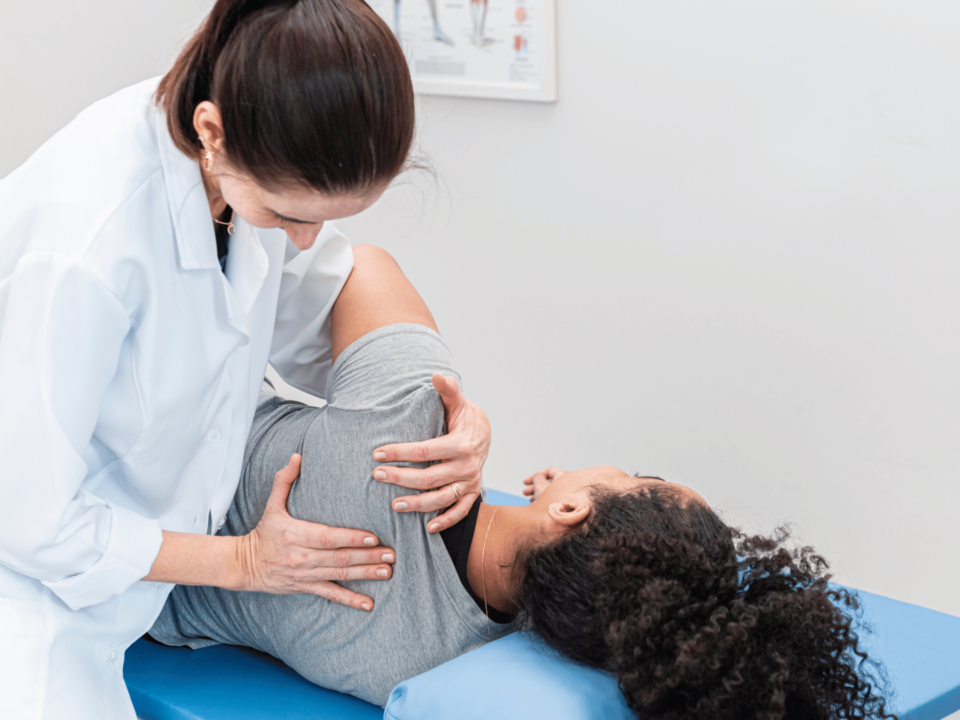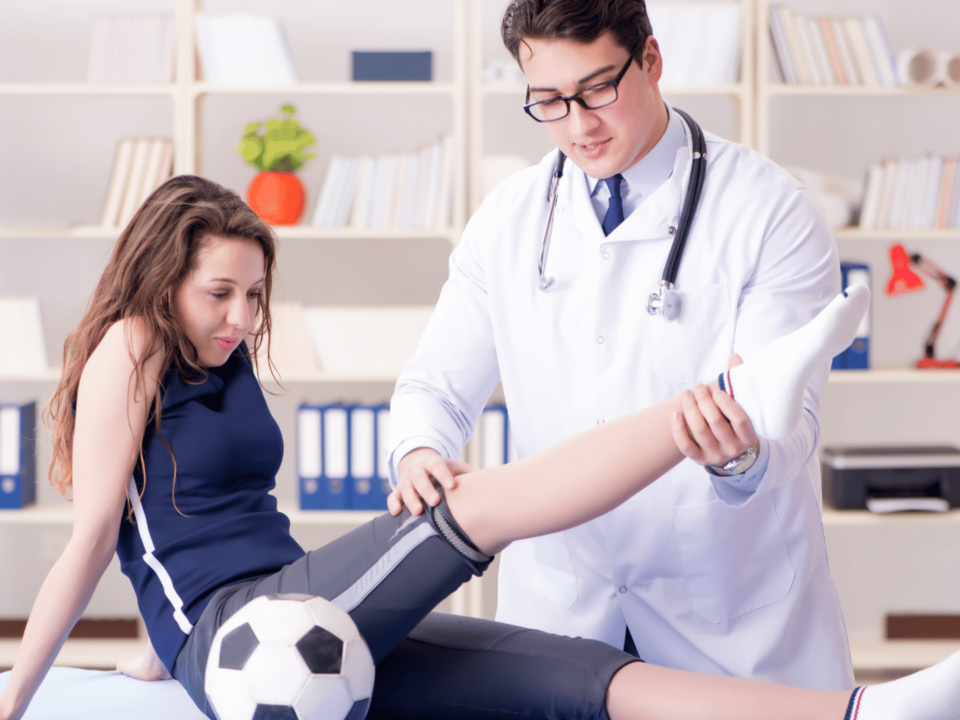
The Role of Physical Therapy in Rheumatoid Arthritis Management
January 16, 2024
Understanding and Managing Boutonnière Deformity: A Comprehensive Orthopedic Guide
February 12, 2024Enhancing Hand Function: A Comprehensive Guide to MP Joint Health in Orthopedics
The metacarpophalangeal (MP) joint is a crucial part of hand function, allowing for various movements and enabling us to perform a wide range of activities. Understanding the anatomy and maintaining the health of the MP joint is essential for optimal hand function and overall well-being. In this comprehensive guide, we will explore the key aspects of MP joint health in orthopedics, including common injuries, treatment options, rehabilitation, and prevention techniques.
Understanding the Anatomy of the MP Joint
The MP joint, also known as the metacarpophalangeal joint, is a crucial component of our hand’s intricate structure. It is a hinge joint that connects the metacarpal bone, which forms the palm of the hand, with the proximal phalange bone of the fingers. This joint plays a vital role in our everyday activities, allowing flexion and extension, which enables us to grip, pinch, and perform intricate movements with our hands.
Within the MP joint, there are several important structures that contribute to its functionality. Ligaments, which are strong bands of connective tissue, provide stability to the joint by holding the bones together. These ligaments prevent excessive movement and help maintain the alignment of the bones during various hand movements.
In addition to ligaments, tendons also play a significant role in supporting the MP joint. Tendons are tough, fibrous tissues that connect muscles to bones. They transmit the force generated by the muscles to the bones, allowing us to move our fingers and perform various hand functions. The tendons surrounding the MP joint work in harmony to ensure smooth and coordinated movement.
Furthermore, the muscles surrounding the MP joint provide the necessary strength for gripping and manipulating objects. These muscles, known as the intrinsic hand muscles, are responsible for the precise movements of our fingers. They work in synergy with the tendons and ligaments to ensure optimal function of the MP joint.
Now, let’s dive deeper into the common injuries and conditions affecting the MP joint. Understanding these conditions will help us appreciate the complexity of this joint and the importance of taking care of it to maintain hand function.
Common Injuries and Conditions Affecting the MP Joint
The MP joint, also known as the metacarpophalangeal joint, is a crucial component of hand function. It allows for flexion, extension, and rotation of the fingers, enabling us to perform intricate tasks with precision. However, this delicate joint is susceptible to various injuries and conditions that can significantly impact hand function.
One common injury that affects the MP joint is the sprain or strain of the ligaments surrounding it. This injury often occurs due to sudden trauma, such as a fall or a direct blow to the hand. Additionally, repetitive stress or overuse can also lead to ligament sprains or strains. These injuries can cause pain, swelling, and limited range of motion, making it challenging to perform everyday activities.
In addition to ligament injuries, fractures can also affect the MP joint. Fractures can occur when a significant force is applied to the hand, such as during a sports-related impact or a car accident. These fractures can vary in severity, from hairline fractures that may heal with conservative treatment to more complex fractures that require surgical intervention. Regardless of the type, fractures can cause significant pain, swelling, and instability in the MP joint.
Dislocations are another prevalent issue that can affect the MP joint. A dislocation occurs when the bones that form the joint are forced out of their normal alignment. This can happen due to a sudden twist or impact to the hand. Dislocations can cause severe pain, swelling, and deformity of the joint. Immediate medical attention is crucial to ensure proper realignment and prevent further damage.
Osteoarthritis, a degenerative joint disease, is also a common condition that affects the MP joint. Over time, the cartilage that cushions the joint can wear away, leading to pain, stiffness, and reduced hand function. Osteoarthritis can be caused by age-related wear and tear, previous injuries, or genetic factors. While there is no cure for osteoarthritis, various treatment options, such as medication, physical therapy, and splinting, can help manage symptoms and improve hand function.
So, why is MP joint health important for hand function? Well, the MP joint plays a crucial role in allowing us to perform a wide range of activities, from writing and typing to gripping objects and playing musical instruments. When the MP joint is injured or affected by a condition, it can significantly limit hand function, making even simple tasks challenging. Therefore, taking care of the MP joint and seeking appropriate medical attention when needed is essential for maintaining optimal hand function and overall quality of life.
The Importance of MP Joint Health for Hand Function
The metacarpophalangeal (MP) joint, located between the metacarpal bones of the hand and the proximal phalanges of the fingers, plays a crucial role in hand function and dexterity. It acts as a hinge, allowing us to perform precision tasks such as writing, typing, and grasping objects of various sizes and shapes. The MP joint is responsible for the fine motor movements that enable us to manipulate objects with precision and control.
When the MP joint is compromised due to injury or a specific condition, hand function can be severely limited, impacting daily activities and overall quality of life. Conditions such as arthritis, ligament injuries, and tendonitis can affect the MP joint, leading to pain, stiffness, and reduced range of motion. These symptoms can make even simple tasks like buttoning a shirt or holding a pen challenging and frustrating.
Now that we understand the significance of MP joint health, let’s explore how to diagnose MP joint disorders. Diagnosing MP joint disorders involves a comprehensive evaluation of the patient’s medical history, physical examination, and diagnostic tests. The medical history helps the healthcare provider understand the patient’s symptoms, previous injuries, and any underlying medical conditions that may contribute to the joint problem.
During the physical examination, the healthcare provider will assess the range of motion, stability, and strength of the MP joint. They may also perform specific tests to evaluate the integrity of the ligaments, tendons, and surrounding structures. In some cases, imaging tests such as X-rays, MRI, or ultrasound may be ordered to get a detailed view of the joint and identify any structural abnormalities or damage.
By accurately diagnosing MP joint disorders, healthcare providers can develop an individualized treatment plan to address the specific condition and restore hand function. Treatment options may include conservative measures such as splinting, physical therapy, and medication to manage pain and inflammation. In more severe cases, surgical intervention may be necessary to repair or reconstruct the damaged joint.
In conclusion, maintaining the health and function of the MP joint is crucial for performing everyday tasks and maintaining a good quality of life. Understanding the importance of MP joint health and knowing how to diagnose MP joint disorders can help individuals seek timely medical intervention and receive appropriate treatment to restore hand function and improve overall well-being.
Diagnosing MP Joint Disorders: Signs and Symptoms
Identifying the signs and symptoms of MP joint disorders is essential for accurate diagnosis and appropriate treatment. At Center For Specialty Care, we can help identify symptoms which may include pain, swelling, limited range of motion, weakness, and instability. Physical examination, imaging tests such as X-rays or MRI scans, and medical history are commonly utilized for diagnosing MP joint disorders.
Once a diagnosis is established, non-surgical treatment options can be explored.
Non-Surgical Treatment Options for MP Joint Conditions
Non-surgical treatment approaches are often the first line of defense for MP joint conditions. These treatments aim to alleviate pain, reduce inflammation, improve strength, and promote healing. Non-surgical options may include rest, immobilization with splints or braces, physical therapy, medications, and injections.
However, in severe cases, surgical intervention may be necessary. Let’s delve into the surgical interventions for MP joint injuries and disorders.
Surgical Interventions for MP Joint Injuries and Disorders
Surgical procedures are reserved for cases where non-surgical treatments fail to provide adequate relief or when there are severe structural damages to the MP joint. Surgical interventions may involve repairing ligaments, removing damaged cartilage, joint reconstruction, or, in some instances, joint replacement. The choice of surgery depends on the specific condition and the individual patient’s needs.
After surgery, rehabilitation and physical therapy are crucial for MP joint recovery.
Rehabilitation and Physical Therapy for MP Joint Recovery
Rehabilitation and physical therapy are integral parts of the recovery process after MP joint surgery or injury. They focus on improving strength, flexibility, and range of motion, as well as reducing pain and swelling. Rehabilitation exercises and techniques are tailored to the individual’s condition and progress, gradually restoring hand function and maximizing overall recovery.
Now, let’s move on to some preventive measures to avoid MP joint injuries.
Preventing MP Joint Injuries: Tips and Techniques
Prevention plays a vital role in maintaining MP joint health and minimizing the risk of injuries. Here are some tips and techniques to help protect your MP joint:
- Practice proper hand and wrist ergonomics during daily activities.
- Warm-up and stretch before engaging in repetitive or strenuous hand movements.
- Use appropriate protective gear during high-risk activities.
- Avoid excessive gripping or pinching motions.
- Take regular breaks to rest and relax your hands.
Lastly, let’s touch upon the latest research and advancements in MP joint orthopedics.
Research and Advancements in MP Joint Orthopedics
Ongoing research and advancements in MP joint orthopedics are continuously expanding our understanding of MP joint health and treatment options. From new surgical techniques to innovative rehabilitation approaches, these advancements hold promise for improved outcomes and enhanced hand function for individuals with MP joint conditions.
Enhancing hand function starts with prioritizing the health of the MP joint. By understanding its anatomy, recognizing common injuries, and implementing preventive measures, we can ensure optimal hand function and maintain a high quality of life. Whether through non-surgical treatments or surgical interventions, the goal is to restore MP joint health and promote recovery, enabling us to fully engage in the activities we enjoy.




